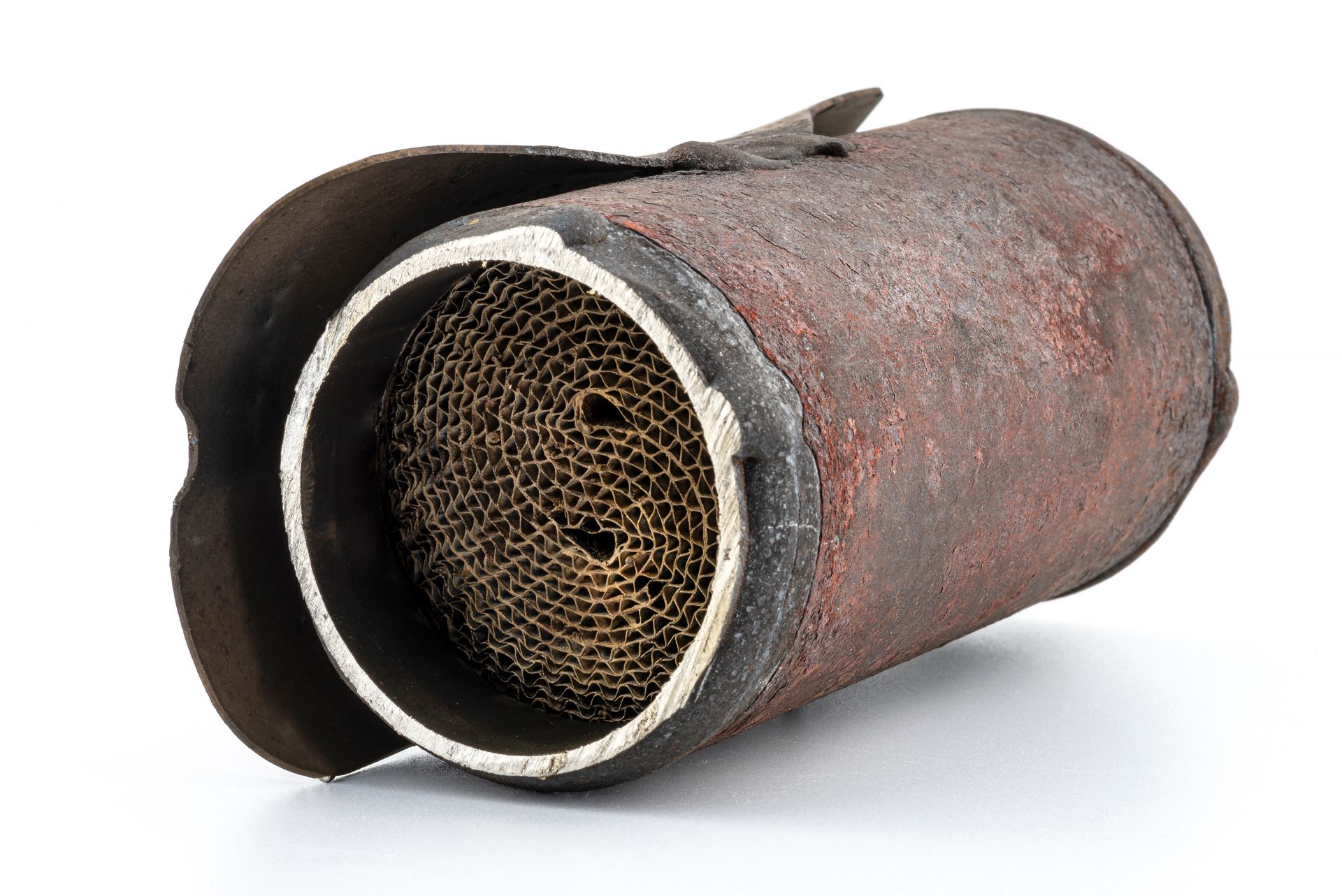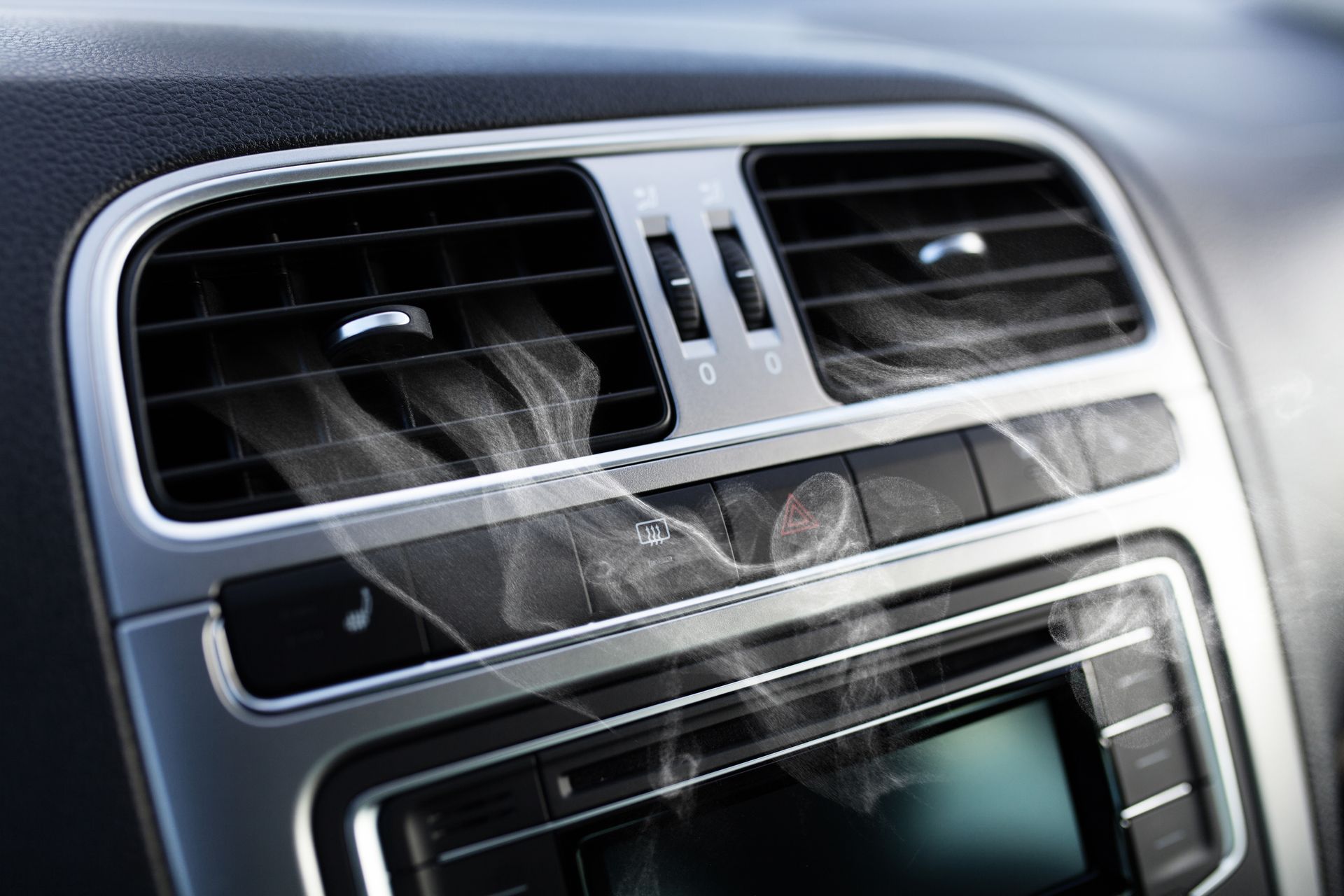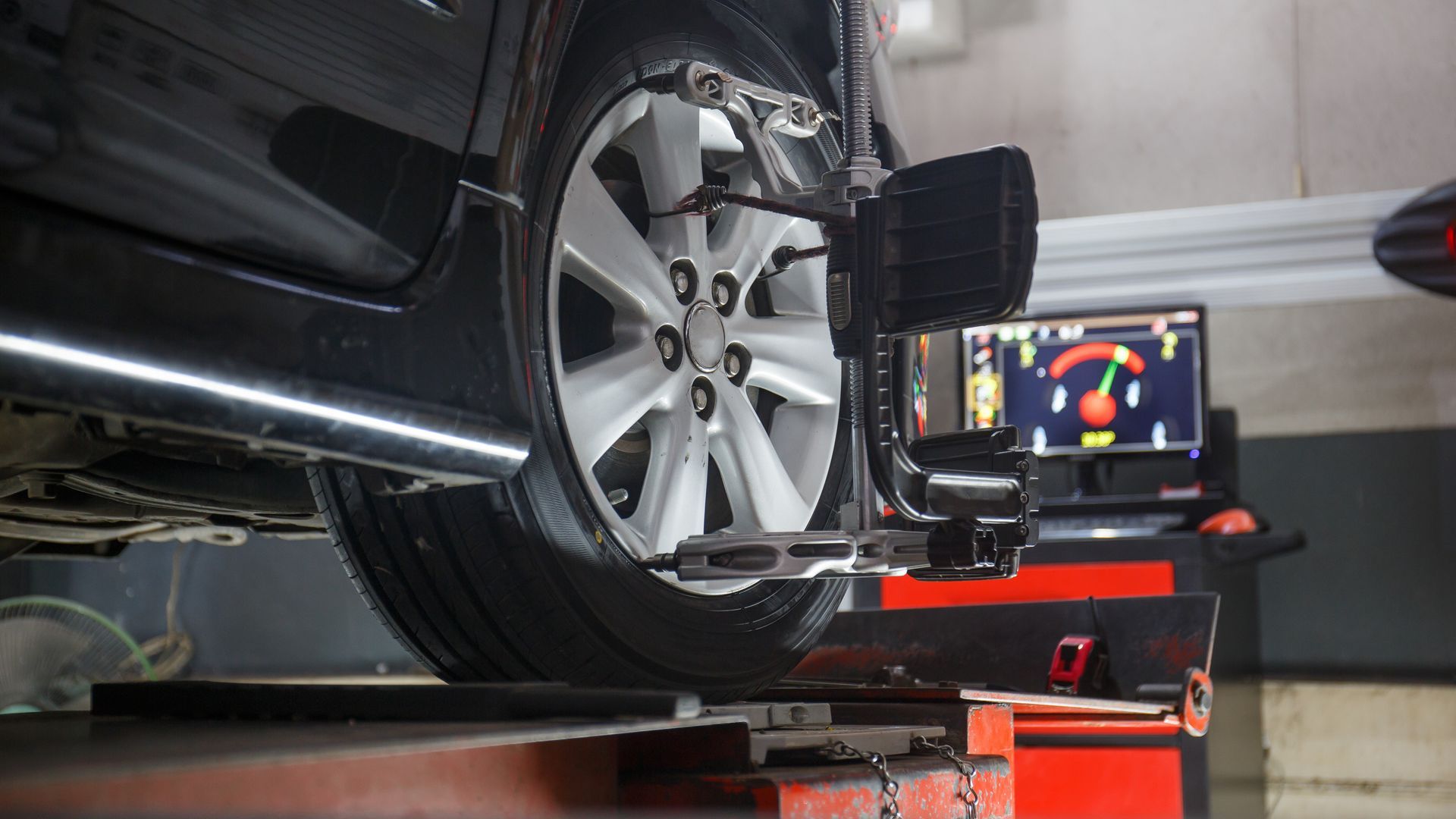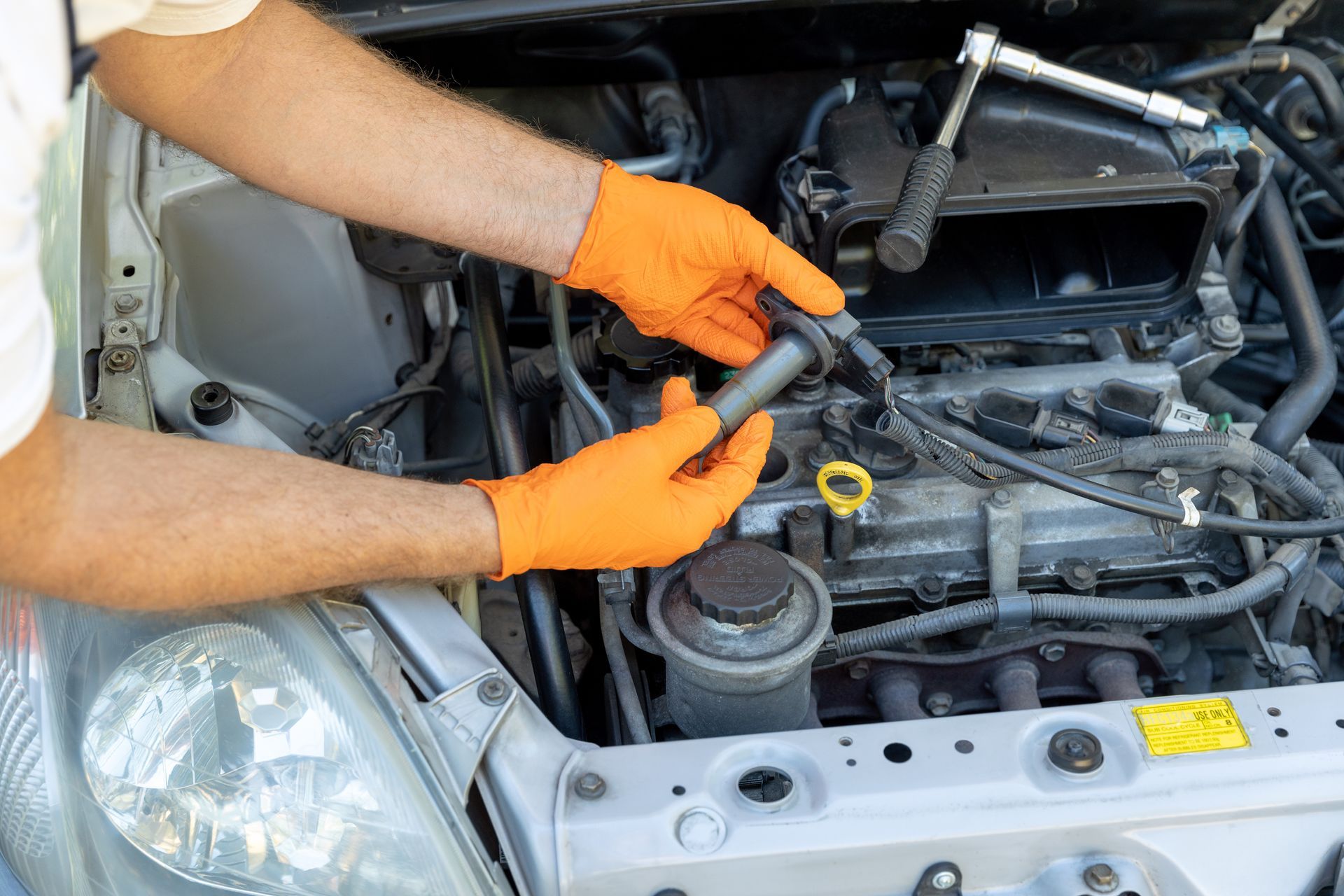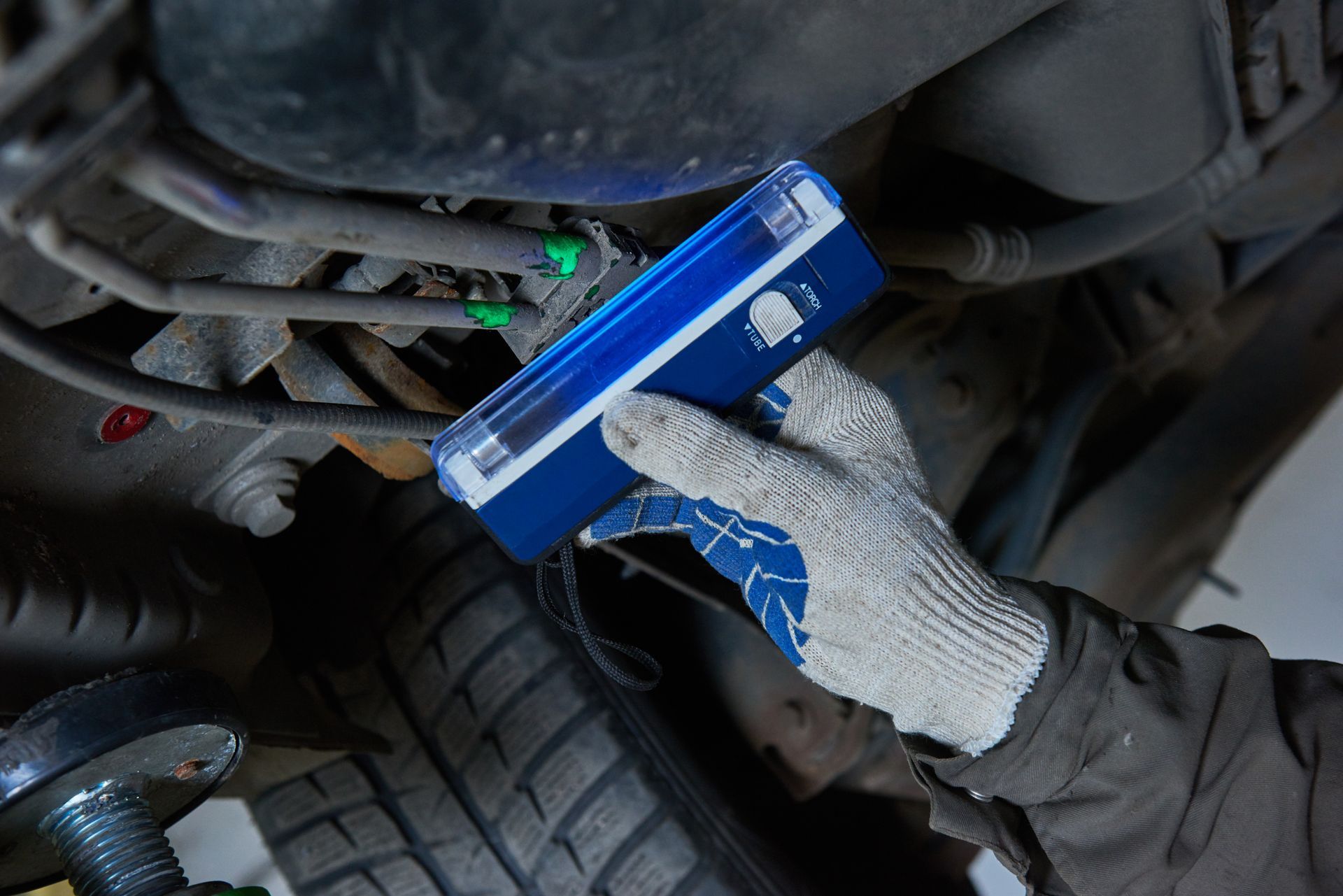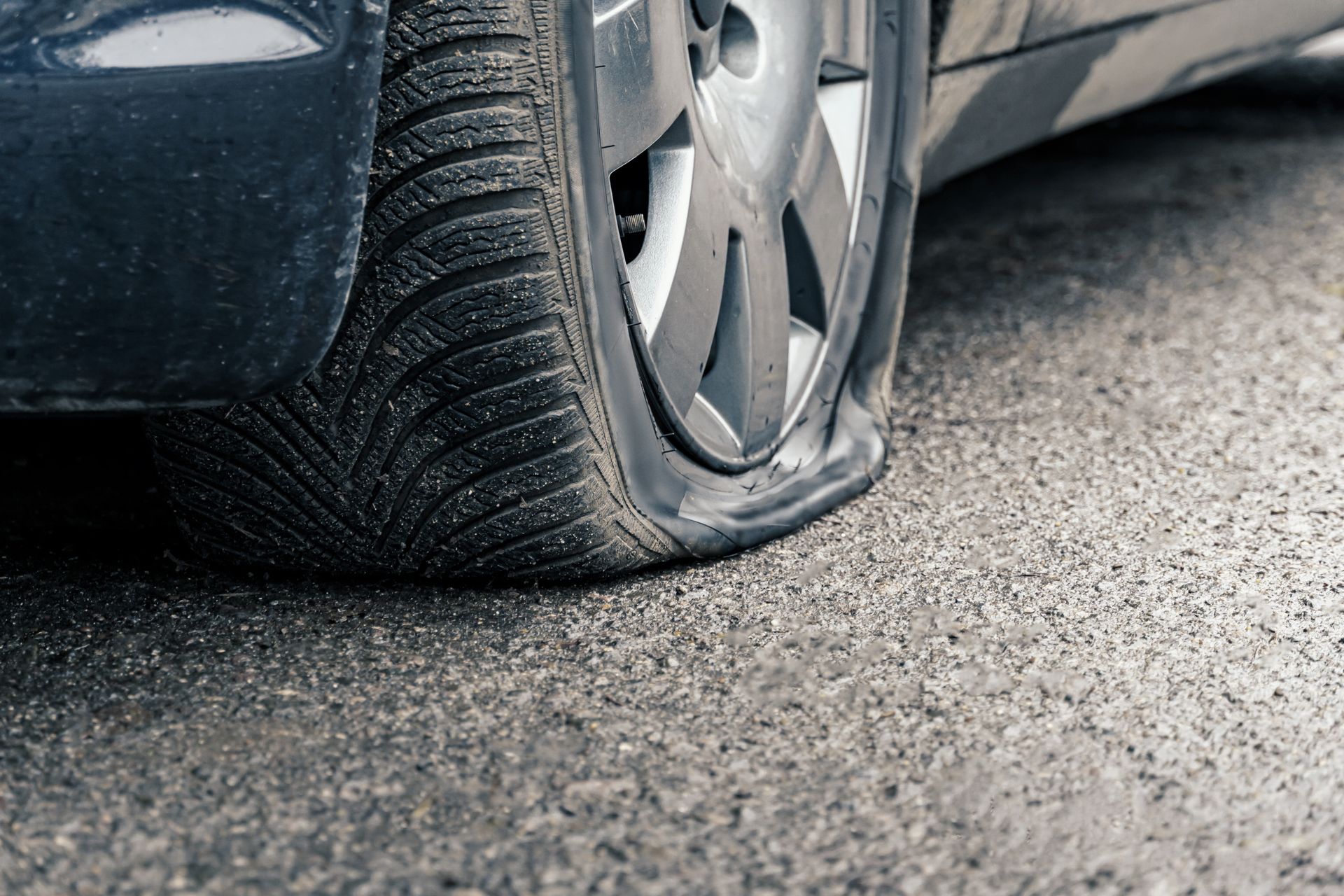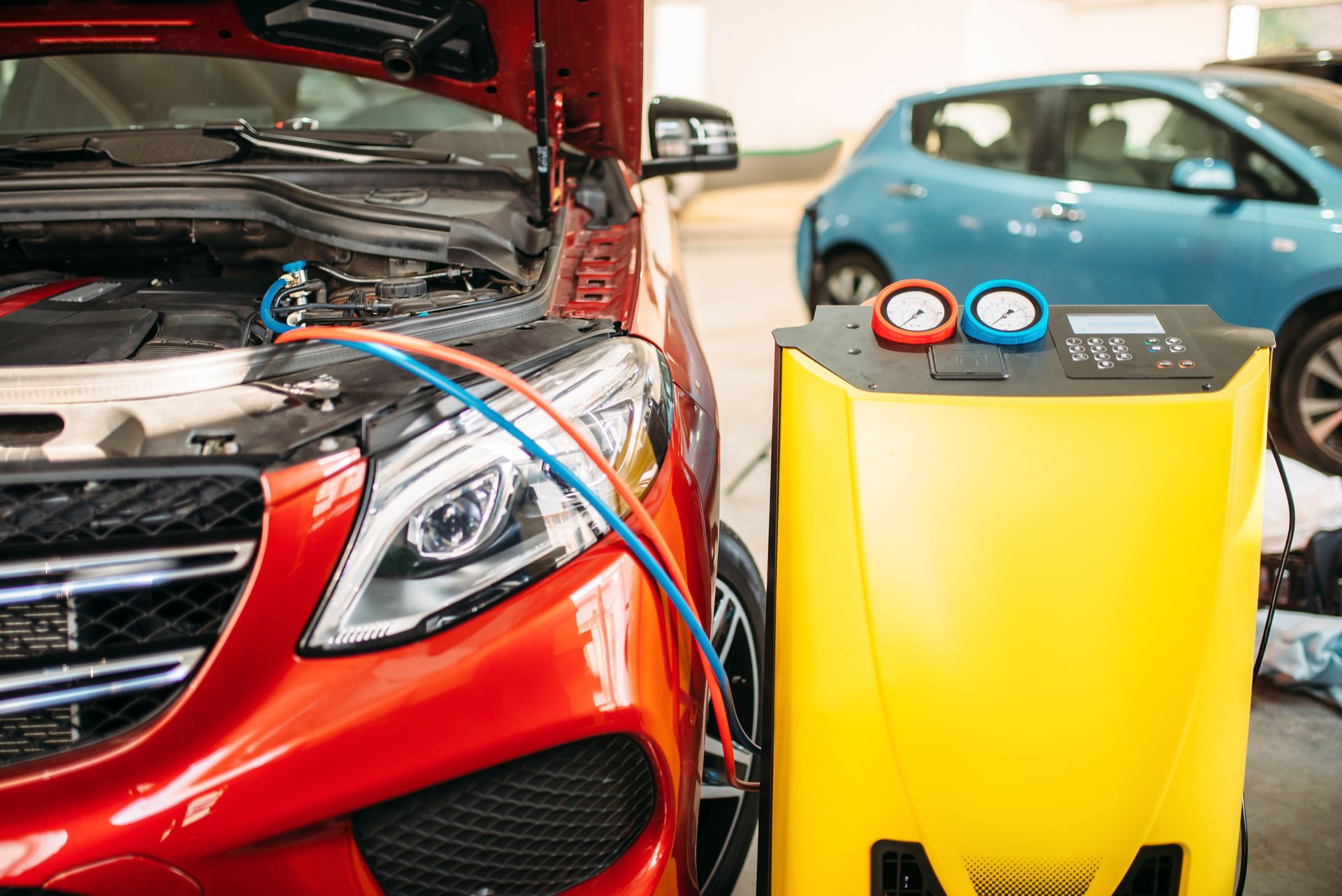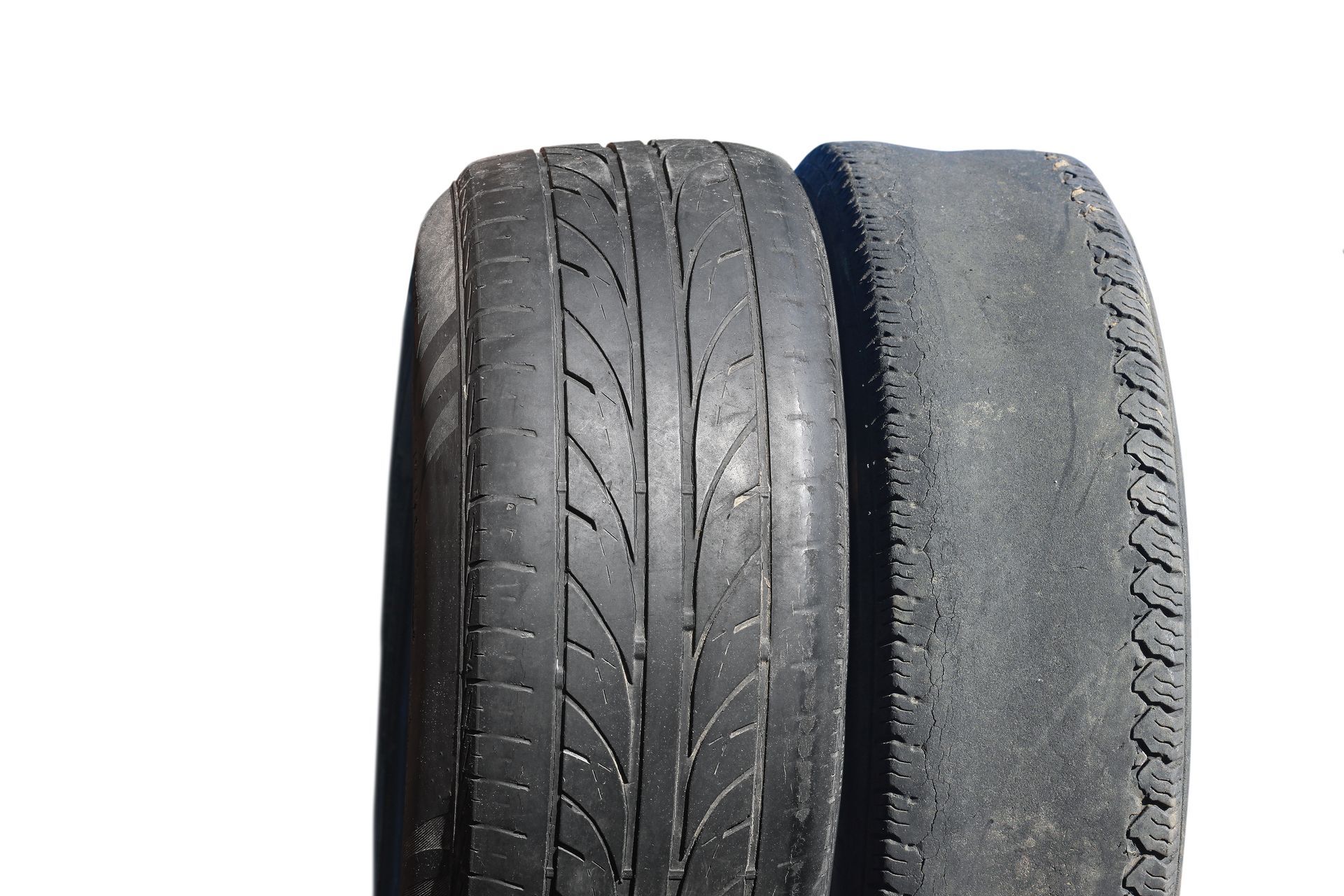Your car relies on a complex network of sensors to run smoothly and efficiently. One of the lesser-known but crucial components is the Manifold Absolute Pressure (MAP) sensor. While it may not be as well-known as spark plugs or oxygen sensors, a malfunctioning MAP sensor can have a noticeable impact on your vehicle’s fuel economy and overall performance. Understanding its role and the signs of trouble can help you maintain a more efficient and reliable ride.
What Does a MAP Sensor Do
The MAP sensor measures the pressure inside the intake manifold. This information helps the engine control unit (ECU) calculate the correct air-fuel mixture for combustion. When the sensor functions properly, it enables the engine to adjust fuel delivery precisely for various driving conditions, ranging from idling to accelerating up a hill.
A good air-fuel ratio ensures smooth performance, optimal fuel efficiency, and lower emissions.
How a Bad MAP Sensor Affects Fuel Economy
When the MAP sensor fails or sends inaccurate readings, the ECU can no longer accurately determine the amount of air entering the engine. As a result, it may inject too much or too little fuel.
Too much fuel (a "rich" mixture) leads to poor fuel economy because the engine burns more gas than necessary. It can also cause black smoke from the exhaust and foul spark plugs. On the other hand, too little fuel (a "lean" mixture) may cause rough idling, hesitation, and potential engine damage over time.
Other Symptoms of a Bad MAP Sensor
A faulty MAP sensor doesn't just reduce your miles per gallon — it can cause a range of performance issues, such as:
- Rough or uneven idling.
- Difficulty starting, especially in cold weather.
- Engine stalling during acceleration.
- Lack of power or sluggish acceleration.
- Check engine light illumination.
These symptoms can mimic other problems, which is why accurate diagnostics are important.
What Causes MAP Sensors to Fail
Several factors can lead to a faulty MAP sensor. Over time, sensors can get clogged by dirt, oil, or carbon deposits, which affect their readings. Electrical issues, such as damaged wiring or poor connections, can also interfere with the signal sent to the ECU.
In some cases, exposure to extreme heat and vibrations under the hood can shorten the sensor’s lifespan.
Diagnosing MAP Sensor Problems
When your check engine light turns on or you notice poor fuel economy and performance issues, a professional diagnostic scan can reveal trouble codes related to the MAP sensor.
Technicians may also test the sensor's voltage output to confirm whether it’s working correctly. Because several issues can cause similar symptoms, professional testing helps avoid unnecessary part replacements.
Can You Drive with a Bad MAP Sensor
Technically, yes — but it’s not a good idea. Driving with a malfunctioning MAP sensor compromises your fuel economy and may eventually damage the engine or catalytic converter.
Ignoring the problem can lead to bigger repair bills and more frequent trips to the pump.
Maintaining Good Fuel Economy
Beyond taking care of your MAP sensor, other maintenance habits help improve or maintain good fuel economy:
- Keep up with regular oil changes.
- Replace air filters as needed.
- Maintain proper tire pressure.
- Fix small engine performance issues promptly.
- Together, these steps ensure your vehicle runs as efficiently as possible.
Trust Advantage AC, Tire & Repair in Spartanburg, SC
At Advantage AC, Tire & Repair in Spartanburg, SC, we recognize the importance of fuel economy and engine performance to our customers. Our experienced technicians can accurately diagnose and repair MAP sensor issues, as well as inspect related engine systems to ensure your car runs smoothly.
If you’ve noticed reduced gas mileage, poor acceleration, or a check engine light, don’t wait. Schedule a diagnostic inspection with us today and let us help you get the most out of every gallon and every mile.

